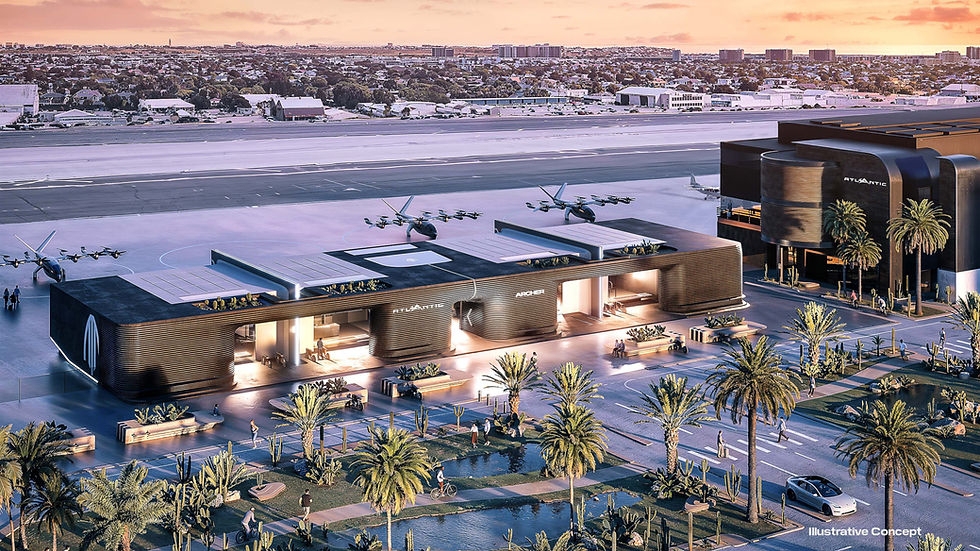Our client's wanted a healthy home for their children - bringing in fresh filtered outdoor air for the highest indoor air quality was something we wouldn't compromise on.
- Stefan Goebel
- Jun 4, 2024
- 2 min read
The contractor would typically couple the ERV fresh air supply with the heating and cooling air handler; we suggested to keep them separated. Why it makes all the difference?
One reason for separating heating and cooling airflows from the required ventilation rate is because the airflow required for space conditioning is much higher (4x-7x) than the ventilation requirements.
If the ventilation and space conditioning systems share the same ducts, Phius requires to run the fan on the air handler constantly (24/7) even if heating and cooling is not required. This ensures adequate distribution of fresh ventilation air to each space within the building. However, this drastically increases energy use due to the fan and also creates a large internal gain due to that fan energy. Keeping monthly energy cost low and predictable was a requirement for this young family.
Furthermore, it is much harder to balance a combined system to know whether the proper amount of fresh air is being delivered when there is a mix of return air and fresh air in the duct system.
The heating and cooling loads impact the air flow and supply grill locations but these aren't typically the locations where the fresh air supply is most needed. While the living room/great room requires significant heated or cooled air, the bedrooms don't tent to have that need (smaller in size, less windows) but require a larger amount of fresh air supply. The bedrooms are where people tend to spend the majority of their time at home and these doors are usually closed all night. Without adequate ventilation air to bedrooms, CO2 levels can rise to high levels that do not promote restful sleep and can cause headaches, drowsiness or light headiness, not an environment for children to strive in.
#PassiveHouse #Phius #Indoorairquality #healthyhomes #sustainabledesign #energyefficient #BZC #MechanicalSystems #ERV






Comments